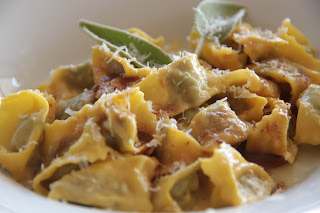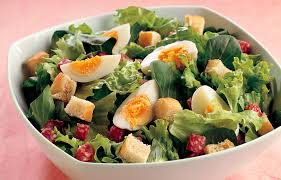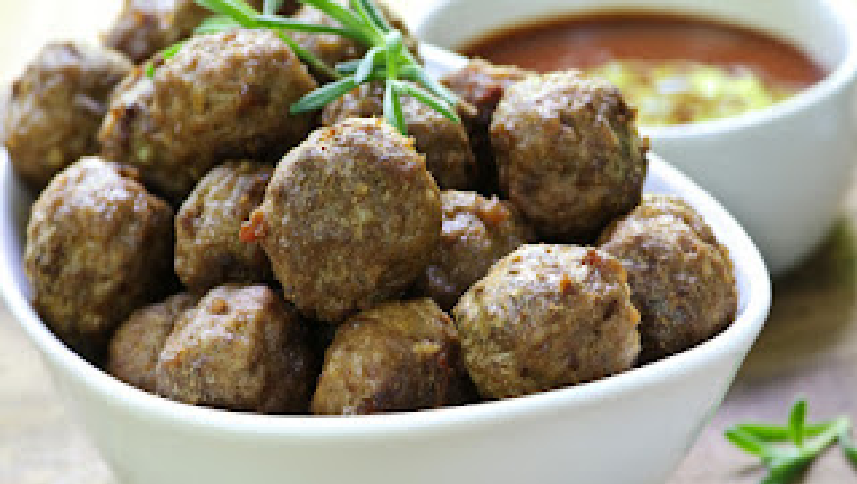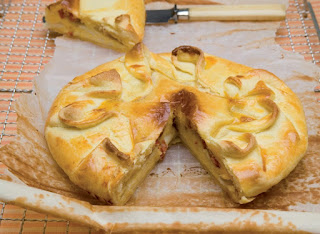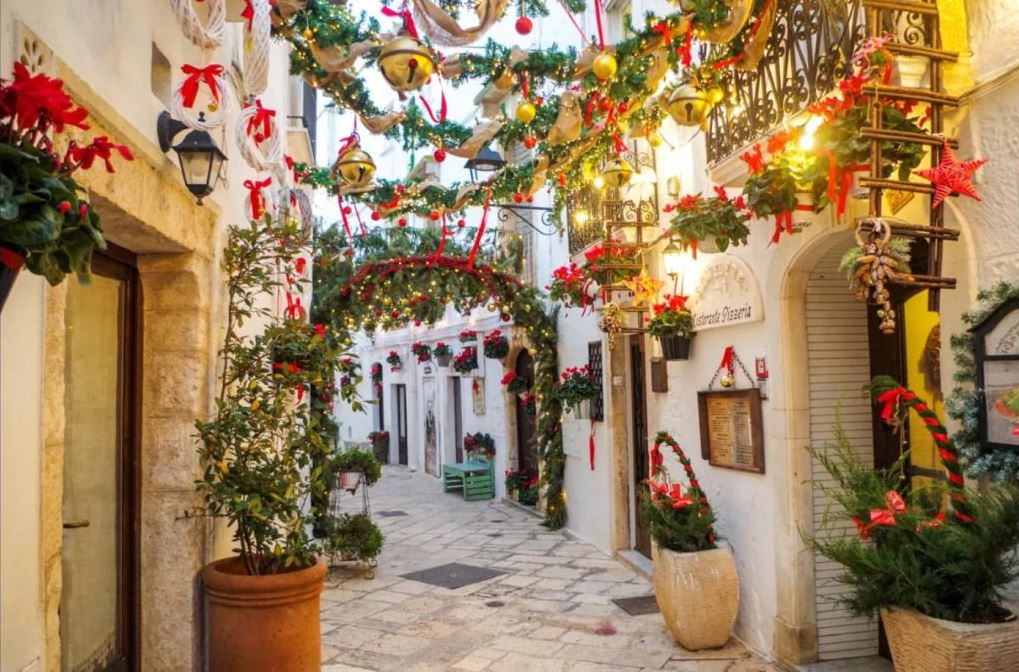Christmas in Italy and Poland.
What is the basic rule that governs Christmas in Italy? It is best summarized by two sayings: “Natale con i tuoi, Capodanno con chi vuoi” and “Natale con i tuoi, Pasqua con chi vuoi”, which means “Christmas with your own people, and New Year / Easter with whomever you want”. Because Christmas in Italy is a time that – just like in Poland – is spent at home with loved ones. There are no rules on New Year’s Day, and Easter is a completely different story, but the weather also encourages feasting in larger groups and trips to nature.
What is the meaning of the nativity scene in Poland and in Italy?
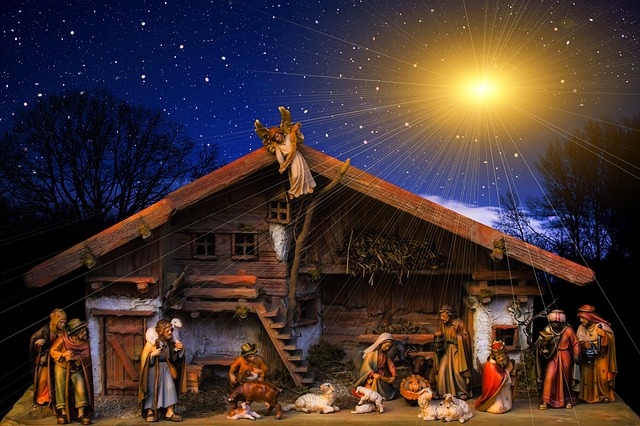
The tradition of Christmas nativity scenes is deeply rooted in Italy and dates back to the 13th century. Then Saint Francis of Assisi initiated the creation of the first nativity scene in the town of Greccio in the Lazio region. It was a living nativity scene, with real people and animals instead of figures. This event gave rise to a tradition that has not only survived to this day, but has also become very popular. Nativity scenes are created primarily in churches, but not only. They can often be found in public buildings, schools, hospitals and homes. In this respect, the inhabitants of the Campania region are the leaders, where the tradition of the famous Neapolitan nativity scene is known. It is quite a peculiar decoration, because in addition to – and sometimes instead of – biblical figures, uncouth Neapolitans place in the nativity scene figurines of celebrities and famous people who have become famous in the past year, not necessarily in the positive sense of the word.
The nativity scene is one of the symbols of Christmas. It is supposed to resemble the stable where Christ was born. Its appearance depends solely on the creator’s idea and capabilities. What remains the same every year are the figures gathered around the manger
Carnival in Italy and Poland...
Carnival in Italy, just like in Poland, ends on Mercoledì delle ceneri (Ash Wednesday), and the difference is mainly in the day of eating donuts. In Poland it is known as Fat Thursday, and in Italy – Tuesday – Martedì Grasso. It doesn’t matter whether you’re reading this article during carnival or not – stock up on some bombolone just in case.
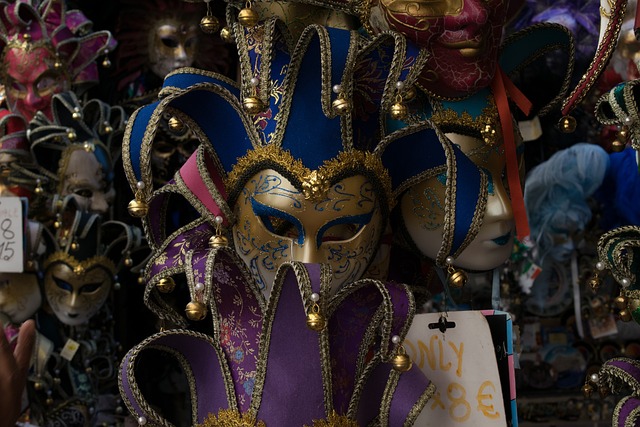
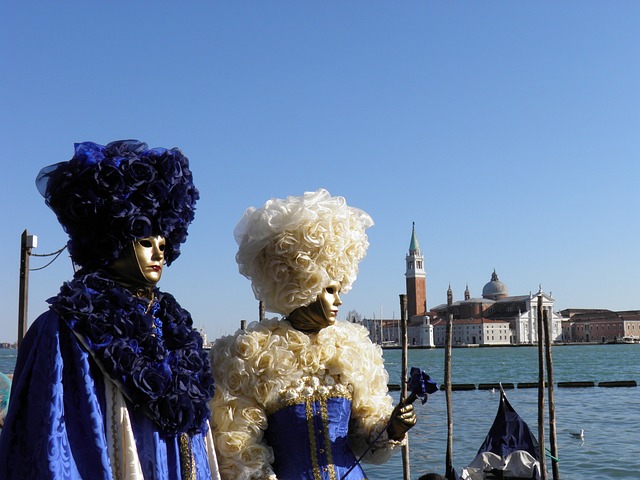
The most famous of them are the elections for the most beautiful mask, which take place every day during the Venice Carnival. Moreover, on the opening day of the event, there is a show on the water with the participation of costumed people, artists and dancers, as well as a water parade on the largest canal in Venice – the Grand Canal.
In Poland, townspeople and peasants most often organized outdoor games and colorful parades at this time. Sometimes carnival masks were also worn to maintain anonymity and so that everyone could have fun regardless of their social status.

Easter in Poland and Italy...
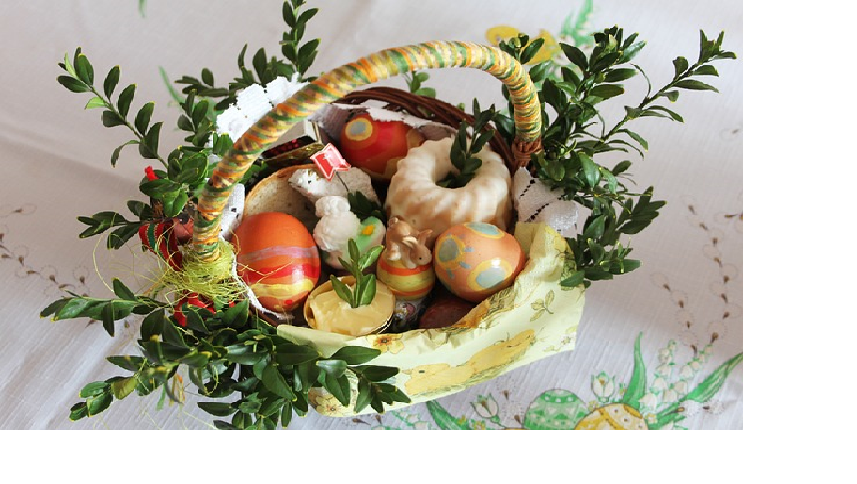
Easter in the Catholic Church On Easter Sunday, believers gather for a morning mass called resurrection. Then the family sits down at the table for an Easter breakfast together. In turn, Easter Monday, known as Śmigus-dyngus, is a day of pouring water on loved ones and making Christmas wishes.

During the holidays, restaurants, pubs, bars, and even shops and markets are open. This is a fundamental difference that may leave Poles stunned. Those eager to experience culture can also visit monuments, because they are also open to visitors. Easter is a time of traveling, even for Italians. Popular tourist destinations are extremely crowded, and hotels are filled with native Italians.
Differences in celebrating Easter in Italy are also visible between regions – but mainly between the north and the south. The southern regions are definitely more attached to celebrating religious ceremonies. Celebrations related to the Paschal Triduum begin on Good Friday. Processions carrying figures of Christ or the Virgin Mary go along the city streets, or Stations of the Cross are organized.
Easter dishes in Poland...
Easter is the time when Polish tables are dominated by the most popular traditional Christmas dishes, such as thick rye soup, hot sausage (usually white), smoked ham in juniper smoke, beetroot with horseradish, roasted meat, cold cuts, iced Easter cakes, mazurkas. , pascha, kolaches and cheesecakes

Easter dishes in Italy...
1. Val d’Aosta – Crescia di Pasqua: a special type of risen bread, baked with olive oil and grated pecorino cheese; bread is eaten with salami;
2.Piedmont – Agnolotti del Plin: dumplings stuffed with lamb
3.Lombardy – Torta salata di Pasqua: a type of salty cake baked with asparagus and ham;
4.Trentino Alto Adige – Polpettine pasquali: lamb meatballs kneaded with egg, parmesan, parsley; served in tomato sauce;
5.Veneto – in Veneto people eat a variety of things at Easter: risotto with asparagus, goat meat with artichokes and potatoes, but also insalata pasqualina: Easter salad with bouquets of various lettuces and hard-boiled eggs, with the addition of other vegetables and ingredients according to your imagination, e.g. radishes, chives and necessarily with olive oil;
6.Friuli Venezia Giulia – Agnello al forno con patate: roasted lamb with potatoes; in Friuli they also prepare the so-called Pinza triestina – a type of salty brioche that is eaten with hard-boiled eggs and cold meats;
